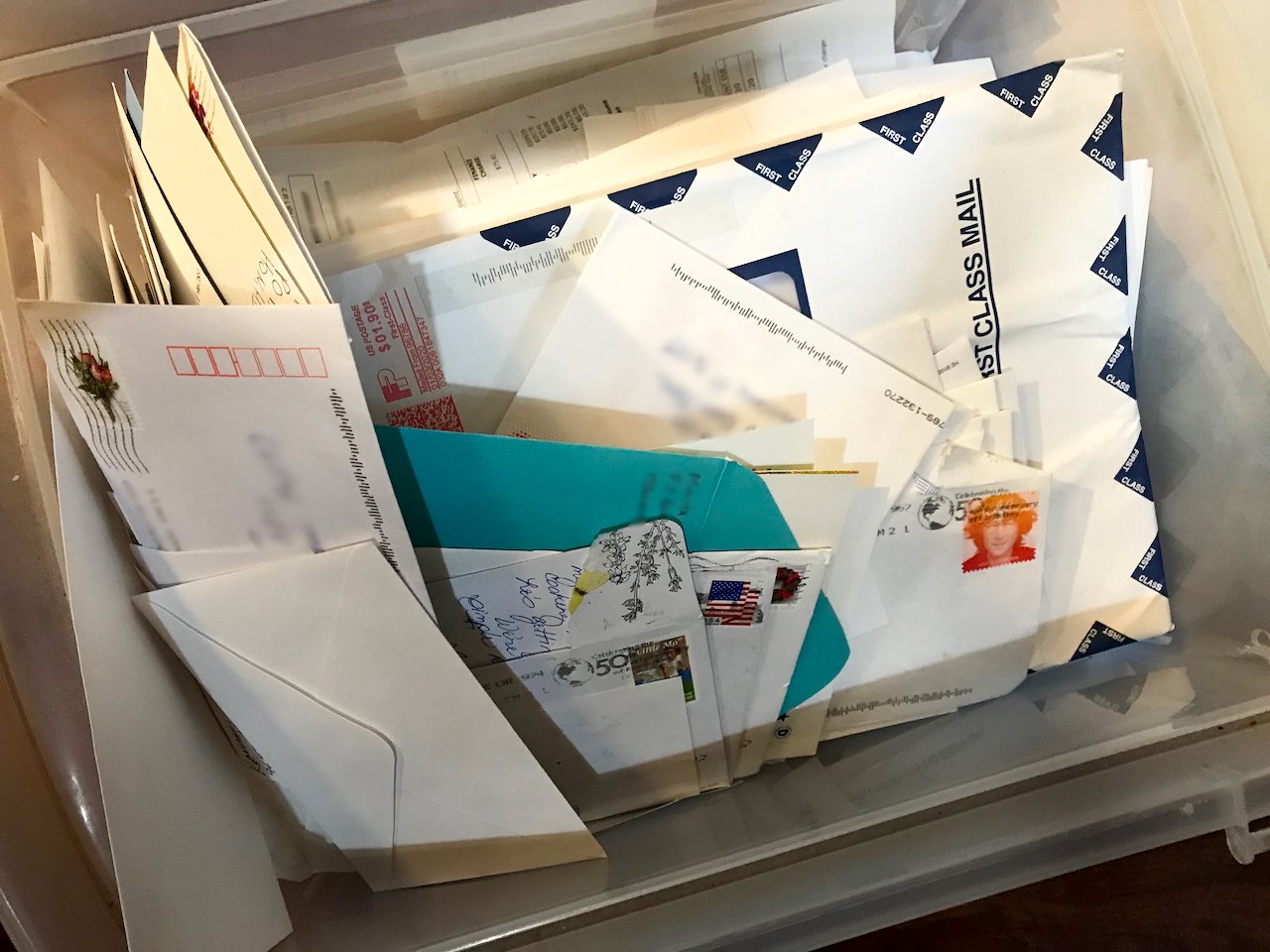Many people dread dealing with papers. But it doesn’t have to be that way!
A client said to me, “I need help dealing with papers when they enter the house. I’m good about paying bills right away. But the rest of it ends up in piles near my front door.”
I worked with him and we developed a few simple rules to help him deal with his papers.
First we talked about why papers pile up. It’s when we’re not sure what to do with them. The solution is to have a rule for each type of paper that enters the house—thus eliminating paper pile-up.
Rule 1: Process all incoming papers near your front door.
Don't bring papers any deeper into the house. I recommend having a station with an Action Required file, a Shred box, a Trash container, and a Recycle container. These don't have to be giant bins. You can use any container you choose, such as an attractive basket with sections, or even drawers in a cabinet or other piece of furniture.
Rule 2: Deal with action required papers as soon as they come in.
My client was already on top of this. I find that most people already have some part of their system working. The idea is to build on what’s already working, so that you end up with a complete system that works for you.
Get in the habit of completing action required papers right away. If you can't complete the action immediately, put the paper in an Action Required file or box, and deal with it as soon as possible.
If you have papers that aren't action required items, but information you intend to read, you can also put these in your Action Required file. Alternatively, have a designated spot for them. In my house, reading material such as magazines and newspapers live on our coffee table.
To avoid pileups of "To Be Read" material, I recommend limiting subscriptions and keeping only the current issue ("One In, One Out"). You can also switch to digital subscriptions.
Reduce the volume of incoming paper by using a service like Catalog Choice to opt-out of catalogs and other paper mail.
Rule 3: Papers that need to be kept (after completing an action, or for reference) get filed as soon as possible.
Avoid filing unnecessary paper by only keeping papers that have a specific purpose. If you can find the information online, it's OK to let go of the paper.
Another common pitfall is thinking that you need to create a complicated filing system. I recommend using the simplest filing system possible. Use as few folders as possible, and name each folder something obvious, such as “Bills”, “Medical”, or “Auto”. If you are in doubt as to what to name a folder, name it the first thing that comes to mind.
Another roadblock that gets some people is what to do when you need a new folder in your filing system. If this is you, keep a few blank folders ready in your file box. You can even keep a pen in there to label new folders. Don't let the supposed necessity of creating a fancy label be an obstacle to filing items promptly.
Rule 4: Place a Shred box near where you process the mail.
Anything to be shredded, goes into the box. It doesn’t have to be shredded immediately, just when you have time. Or it can be taken to a shredding service, if you have a lot. Office Depot/Office Max offers secure shredding by the pound.
Rule 5: Place a Trash container near where you process the mail.
Anything to be discarded, goes into the trash right away. It never gets any further into your house than that. (You can also separate trash and recyclable paper into two separate bins.)
Papers can be a tough category to deal with, because they rarely bring joy (although they may bring usefulness). Having a lot of paper clutter around isn't only annoying and unsightly, it can cause you to miss or misplace important papers that need attention. Understandably, many people dread dealing with papers. But it doesn’t have to be that way. My client found that all he needed was a few rules to help make sure he controlled his papers, not the other way around.
Got piles of paper? I understand it can feel overwhelming. I'll work with you to tame your papers and create a system that works FOR you. Contact me for your free 30-minute consultation. 🌱








